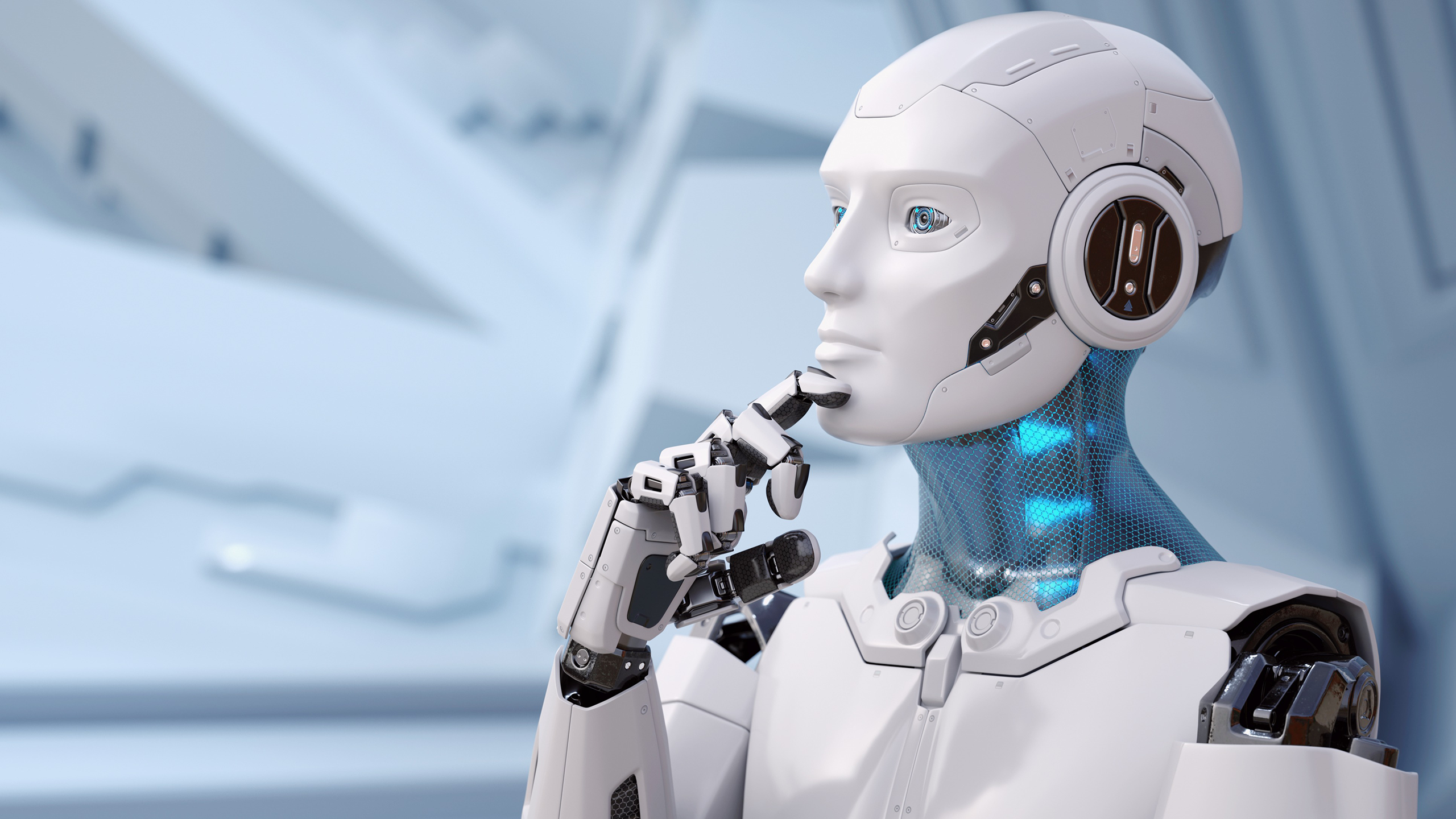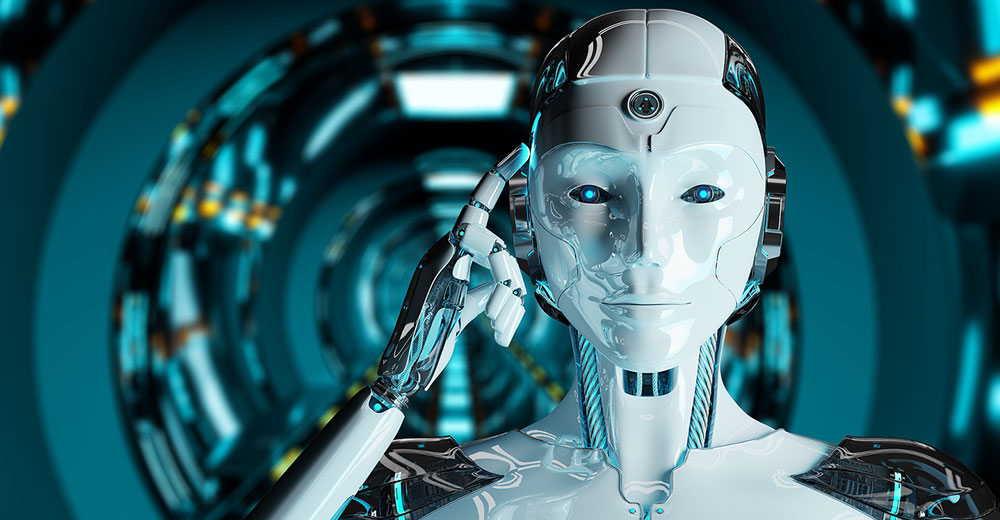Building ChatGPT for robotics—or, more broadly, achieving Physical AI—is one of the most ambitious frontiers in artificial intelligence. It involves taking the power of LLMs like ChatGPT and embedding it into robots that perceive, act, and reason in the physical world.
Here’s a breakdown of the core challenges, current state, and realistic roadmap:
🧠 What Is Physical AI?
Physical AI refers to the fusion of:
-
Language models (like ChatGPT)
-
Embodied agents (robots)
-
Multimodal perception (vision, touch, audio)
-
Real-time actuation and control
Think: a humanoid robot you can talk to, that understands your intent, perceives its environment, and physically performs tasks—cleaning, cooking, caregiving, and more.
🚧 Core Challenges in Building ChatGPT for Robotics
1. Grounding Language in Reality
-
ChatGPT understands language abstractly, but robots must ground words like “grab the red cup” in sensor data.
-
Challenge: Matching symbolic language to real-world objects, locations, and context.
2. Perception and Multimodal Fusion
-
Robots need advanced 3D vision, audio recognition, force feedback, etc.
-
Challenge: Fusing and interpreting noisy, real-time sensory data. Cameras lie. Hands slip.
3. Action Planning and Control
-
Saying "set the table" is easy. Doing it means:
-
Finding the plates
-
Navigating around obstacles
-
Using arms with dexterity
-
-
Challenge: High-dimensional planning, reinforcement learning, dynamic environments.
4. Real-Time Processing
-
Unlike text-only AI, Physical AI has strict latency constraints.
-
Robots must react in milliseconds—not seconds.
-
Challenge: Real-time inference on-device, or low-latency edge-cloud hybrid systems.
5. Safety and Uncertainty
-
Robots can cause real harm.
-
Challenge: Safe exploration, fail-safes, uncertainty-aware decision making.
6. Scalability and Cost
-
Training robots is slow and expensive.
-
Challenge: Data scarcity, real-world reinforcement learning is brittle and dangerous.
7. Embodiment Diversity
-
Every robot is different. Unlike software, there's no standard “hardware.”
-
Challenge: Generalizing across platforms and tasks (sim2real transfer).
🚗 How Close Are We to Self-Driving Cars?
✅ 80% Done, 80% to Go Problem
-
Cars like Tesla, Waymo, and Cruise handle most highway or mapped urban driving.
-
But the last 10-20% of edge cases—weird weather, aggressive drivers, unusual intersections—are insanely hard.
-
Elon Musk’s “2 years away” promise has been repeated for a decade.
Current status:
-
Waymo/Cruise: Limited, geofenced driverless rides.
-
Tesla: Level 2-2.5 autonomy (driver must monitor).
-
Full Level 5 (anywhere, anytime, no driver): At least 5–10 years away at scale.
🏠 What About Humanoid Robots for the Home?
2023–2025 Milestones:
-
Tesla Optimus, Figure 01, Agility Digit, Sanctuary AI: Early humanoid prototypes walking, lifting, using basic tools.
-
Some have LLM brains (like OpenAI/Grok in Figure).
Current Capabilities:
-
Walk, talk, pick up objects, follow simple commands.
-
Tasks: folding laundry, fetching items, surveillance, manufacturing support.
Major Gaps:
-
Dexterity (hands still clumsy)
-
Long-horizon planning (multi-step reasoning)
-
Affordability (units cost $50K+ minimum)
-
Adaptability (easily confused in unstructured homes)
🔮 Realistic Roadmap: When Will Physical AI Work?
| Year | Milestone |
|---|---|
| 2025–2027 | Household robots for narrow tasks (cleaning floors, surveillance, receptionist) |
| 2028–2030 | Assistive humanoids in structured environments (elder care, warehouse support) |
| 2030–2035 | Versatile home assistants for middle-class homes; robots that cook, clean, converse |
| 2035+ | Self-driving cars and humanoid robots that can operate in unstructured public settings |
💡 What’s Needed to Get There?
-
Sim2Real Transfer: Better simulation-to-reality pipelines (e.g., NVIDIA Isaac, Mujoco, Unity)
-
Multimodal foundation models: Combining vision, language, touch, motion (like Google’s RT-2, OpenAI’s VPT, DeepMind’s Gato)
-
Real-world data at scale: “Robot self-play” (see Google’s Robotic Transformer)
-
Cheap, robust humanoids: Tesla, Figure, and Sanctuary are racing to build iPhone-for-robots
🧠 Bottom Line
ChatGPT for Robotics = ChatGPT + Eyes + Ears + Hands + Legs + a brain that understands cause and effect in the real world.
We’re getting there—but it’s like building a child that not only learns language, but can do chores, survive traffic, and wash the dishes. A humanoid GPT-powered assistant in your home? Feasible in the next 5–10 years, but it will start with rich households and narrow capabilities.
Liquid Computing: The Future of Human-Tech Symbiosis
Velocity Money: Crypto, Karma, and the End of Traditional Economics
The Next Decade of Biotech: Convergence, Innovation, and Transformation
Beyond Motion: How Robots Will Redefine The Art Of Movement
ChatGPT For Business: A Workbook
Becoming an AI-First Organization
Quantum Computing: Applications And Implications
Challenges In AI Safety
AI-Era Social Network: Reimagined for Truth, Trust & Transformation
1/
— Paramendra Kumar Bhagat (@paramendra) June 25, 2025
🤖 How do you build ChatGPT for robotics? What are the real challenges of Physical AI?
Let’s break it down: what’s possible today, what’s holding us back, and how close we are to self-driving cars and household humanoids.
🧵👇 @adcock_brett @elonmusk @Figure_robot



No comments:
Post a Comment